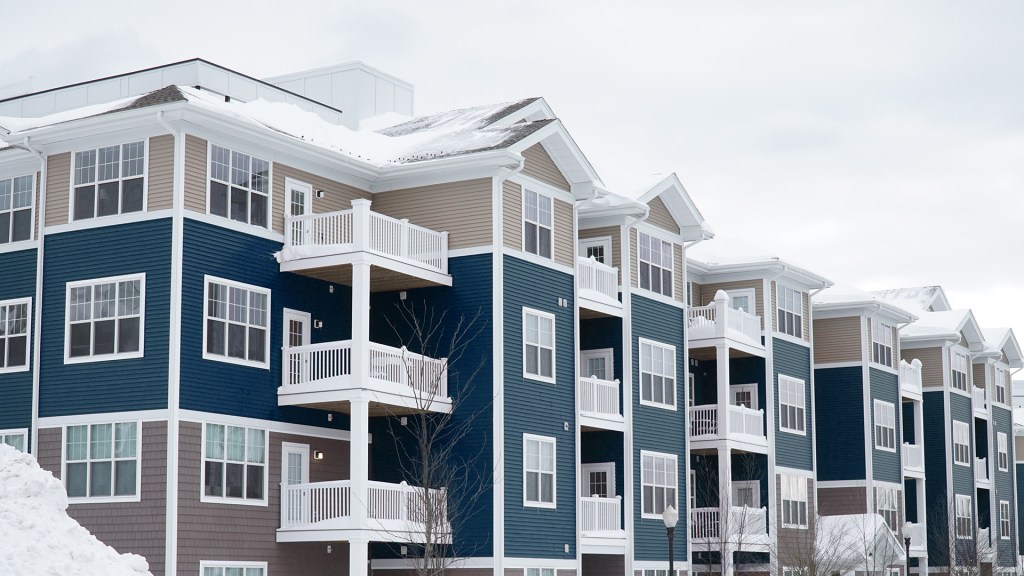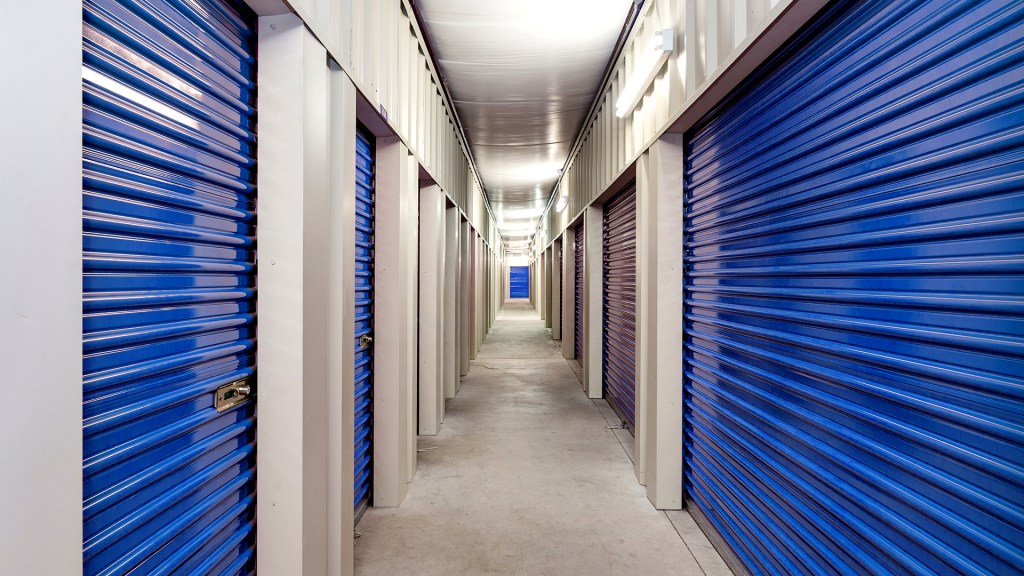By Jeffrey Steele on March 12, 2019 in Energy News
A green groundswell grips the multifamily industry, influencing everything from building materials to construction standards and certification systems. Green financing is no small part of this trend. As sustainability becomes further embedded in the multifamily sector’s fabric, so are the capital sources available for environmentally responsible upgrades.
Both investment and commercial banks are increasingly entering the space, for a variety of reasons. “We’re definitely seeing that banks have shareholders who are driving investment into this space,” observes Jason Haber, a broker with New York City-based Warburg Realty. “And it’s not just for concessionary gains. What’s proven out is by being green, your returns can now be commensurate with the market—or even outperform the market.”
Studies indicate that improving energy and water efficiency can generate economic savings of 28-38%, clip energy costs as much as 31% and spur 40% in utility cost reductions for residents, according to Peter Giles, president of production and sales at Freddie Mac, which, along with its fellow government-sponsored enterprise (GSE) Fannie Mae, offer the multifamily sector’s most comprehensive green financing opportunities
Cutting utility costs can also help increase the availability of affordable housing. According to a 2015 Freddie Mac analysis, a 10% cut in utility costs can increase affordable rentals by at least 10%, Giles notes.
Fannie, Freddie Go Green
Fannie Mae and Freddie Mac sponsor loan programs for construction and renovation projects that include lower interest rates, higher leverage and energy audits. Those features are designed to promote energy consumption reductions of 20% or more, noted Ray Sturm, CEO of AlphaFlow, an online real estate investment management firm. Lower interest rates and larger proceeds can help offset the cost of green building materials and labor and cut utility bills, resulting in improved overall cash flow. The GSEs have no cap on origination, which incentivizes lenders to market green loans.
Fannie Mae grew its Green Financing portfolio to more than $50 billion in 2018, driven by more than $20 billion in green mortgage-backed securities backed either by green-certified properties or properties targeting reduced energy or water consumption. Freddie Mac financed $36 billion through its Multifamily Green Advantage® program that year, which lowered utility costs for some 367,000 units through incentives for workforce housing owners to make water and energy improvements.
Berkadia, for example, originated a $327 million package last year through the Freddie Mac program to refinance 28 senior living facilities. Freddie Mac financing valued at $23.5 million also figured prominently in Oak Residential Partners’ acquisition of a 250-unit multifamily community in Georgia.
“The biggest challenge facing green multifamily financing right now is many developers aren’t even aware of the programs or their benefits,” Sturm says. “Lenders end up having to do a lot of legwork to get developers to consider including green and energy-efficient features into their projects so they qualify for one of the loans. Also, not all projects are a match for the requirements set out by the GSEs to be eligible for their green loan programs.”
PACE-Setters
Another increasingly popular option is commercial property assessed clean energy financing (C-PACE), which enables a sponsor to repay a loan through a property tax assessment. Last summer, building improvement financer CleanFund structured the first public securitization of C-PACE-backed assets. At $103 million, it was the largest and highest-rated such securitization to date and covered 82 multifamily, office and other commercial properties across six U.S. states. The landmark transaction demonstrates the increasing acceptance of the funding mechanism by both Wall Street and asset owners, contends Woolsey McKernon, senior vice president of CleanFund.
Proponents maintain that C-PACE is an attractive source of capital. “Apartment and commercial property owners are increasingly finding C-PACE to be a superior long-term option for major upgrades in mechanical, electrical, plumbing and structural components such as solar, HVAC windows, roofing, insulation, water systems and seismic strengthening,” McKernon says.
Coming Up in 2019
A variety of issues and trends are on the green finance radar this year. AlphaFlow’s Sturm, for one, is watching the appetite among asset managers and pension funds for green mortgage-backed securities products sponsored by Fannie Mae and Freddie Mac. Another question is whether the GSEs will make major changes to existing programs to incentivize greater redevelopment of older buildings, as such projects tend to be costlier and more intensive.
Another topic to watch, according to Sturm, is how C-PACE financing will continue to be rolled out in different states and whether Fannie Mae and Freddie Mac will be pressured into taking on loans that have liens associated with C-PACE.
For his part, Warburg Realty’s Haber noted that several states have established guaranteed government-backed mortgages to encourage green projects, and speculates that more states will follow suit.
Green financing should grow along with investor demand. Environmental, social and governance investments will become increasingly popular, “and having a ‘green’ portion of the mortgage-backed securities market will be very attractive to asset managers,” Sturm says. “I expect we’ll also see further expansion of the existing green loan programs that take into account things like integrated solar projects, or even lower-cost loans for projects with higher energy savings.”
Haber predicts the emergence of a new cottage industry that will provide lending platforms based on green building financing. One possibility: debt and equity vehicles sponsored by investment banks to invest exclusively in green or health-based real estate platforms.
“In the past, the expectation was the return would be less, but the impact more. And what we’re finding now is the return is just as good, if not better, but with positive impact,” Haber says. “You’re seeing more capital in the space, more investment, more involvement by more people and more measurement of the impact. It’s a new paradigm.”
This article originally appeared in the March 2019 issue of Multi-Housing News. For more news, trends and information, visit multihousingnews.com.


